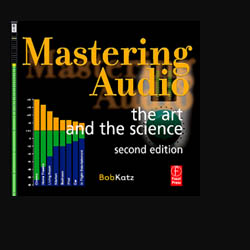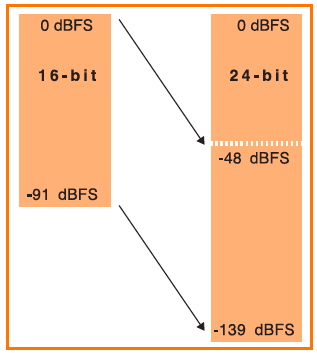
The Technical Myth. It’s also a myth that normalization improves the sound quality of a recording; it can only degrade it. Technically speaking, normalization adds one more degrading calculation and level of quantization distortion.
And since the material has already been mixed, it has already been quantized, which predetermines its signal-to-noise ratio—which cannot then be further improved by raising it.
Let me repeat: raising the level of the material will not alter its inherent signal-to-noise ratio but will add more quantization distortion. Of course material to be mastered does not need normalizing since the mastering engineer will be performing further processing anyway. Clients often ask: “do you normalize?” I reply that I never use the computer’s automatic method, but rather songs are leveled by ear.

Average Normalization
This is another form of normalization, an attempt to create an intelligent loudness algorithm based on the average level of the music, as opposed to the peak.
But when making an album, neither peak nor average normalization nor any intelligent loudness algorithm can do the right job, because the computer does not know that the ballad is supposed to sound soft.
There’s no substitute for the human ear. However, average normalization or better, a true intelligent loudness algorithm can help in situations where every program needs the same loudness, even if that doesn’t sound natural, such as radio broadcast, ceiling loudspeakers in a store, a party or background listening.
Judging Loudness the Right Way
Since the ear is the only judge of loudness, is there any objective way to determine how loud your CD will sound? The first key is to use a single DAC to reproduce all your digital sources and maintain a fixed setting on your monitor gain.
That way you can compare your CD in the making against other CDs, in the digital domain. Judge DVDs, CDs, workstations, and digital processors through this single converter.
